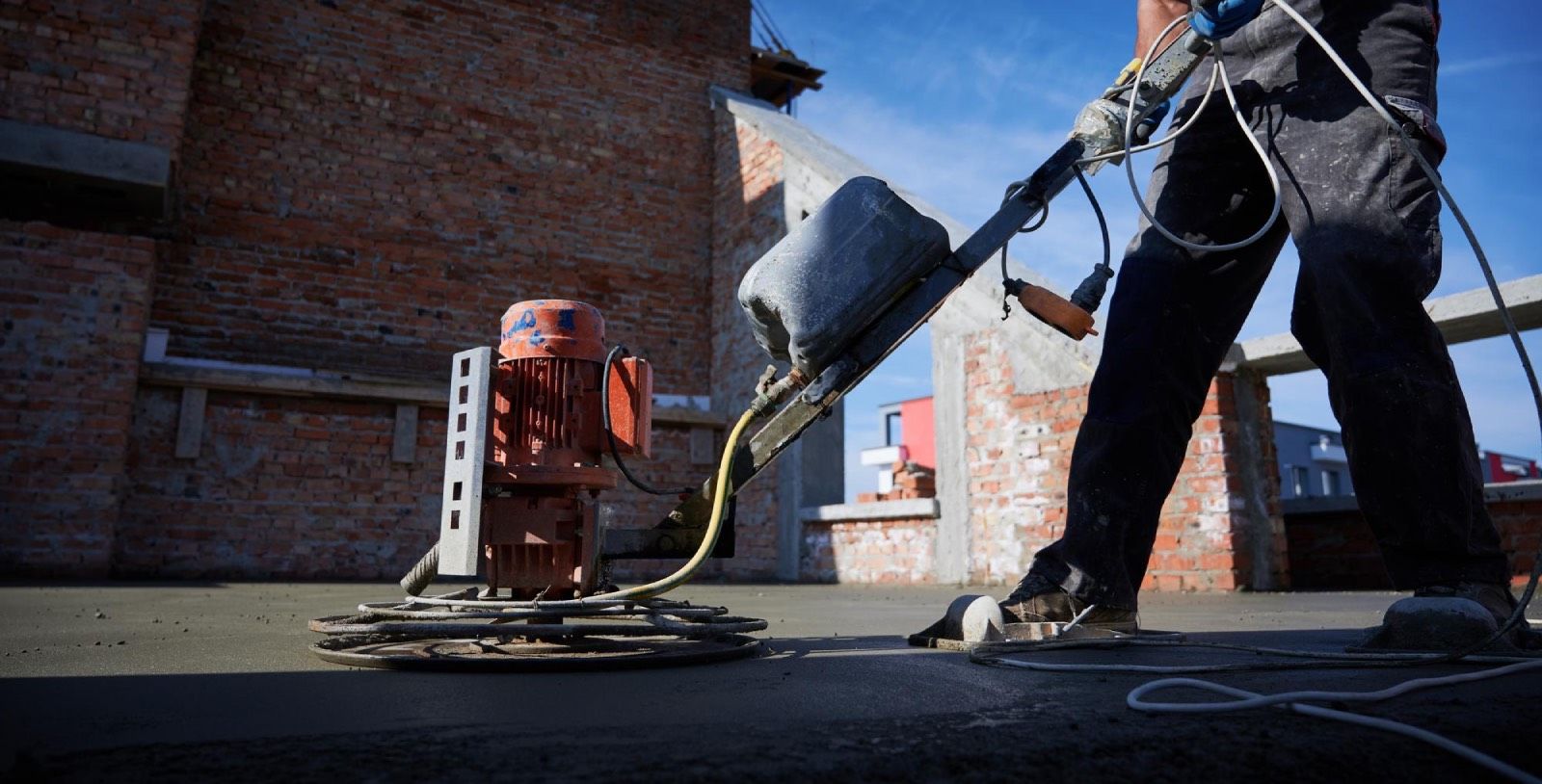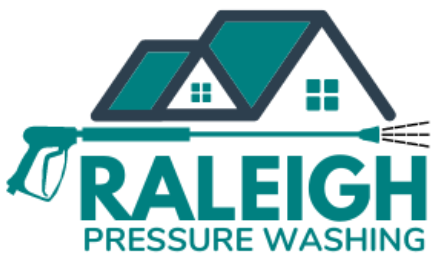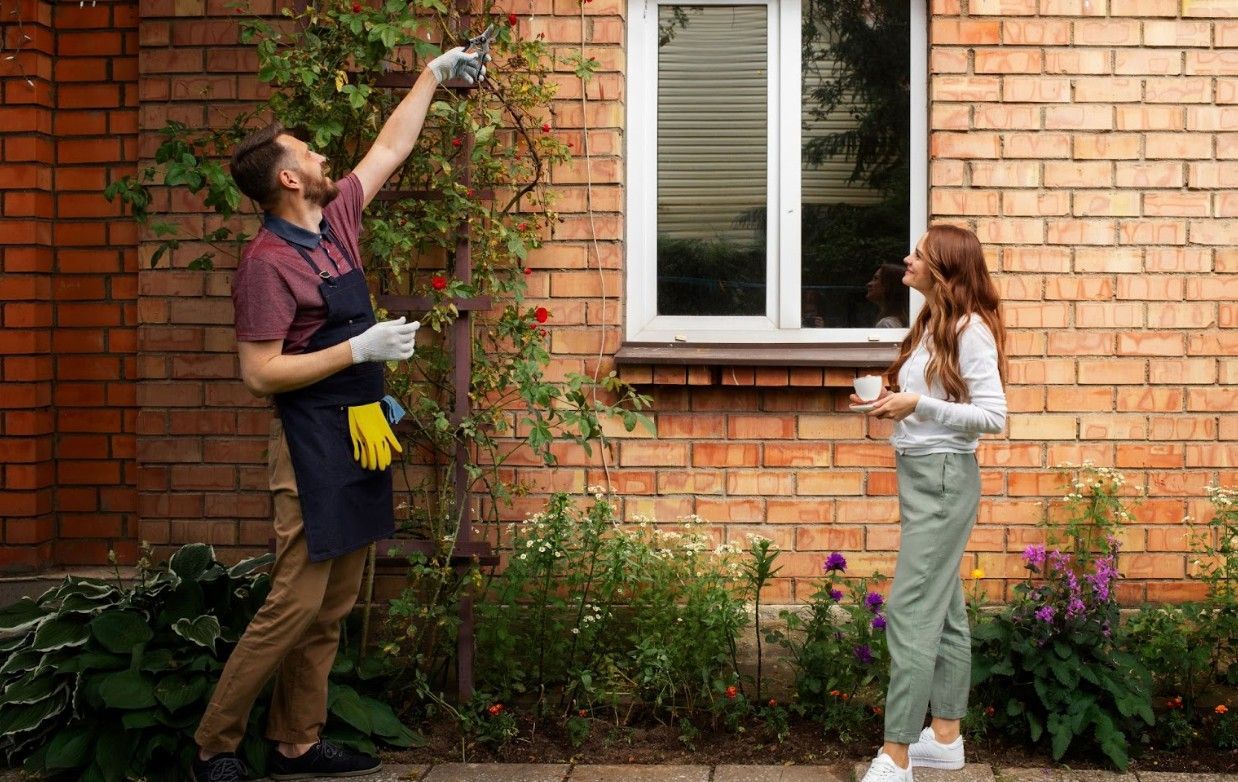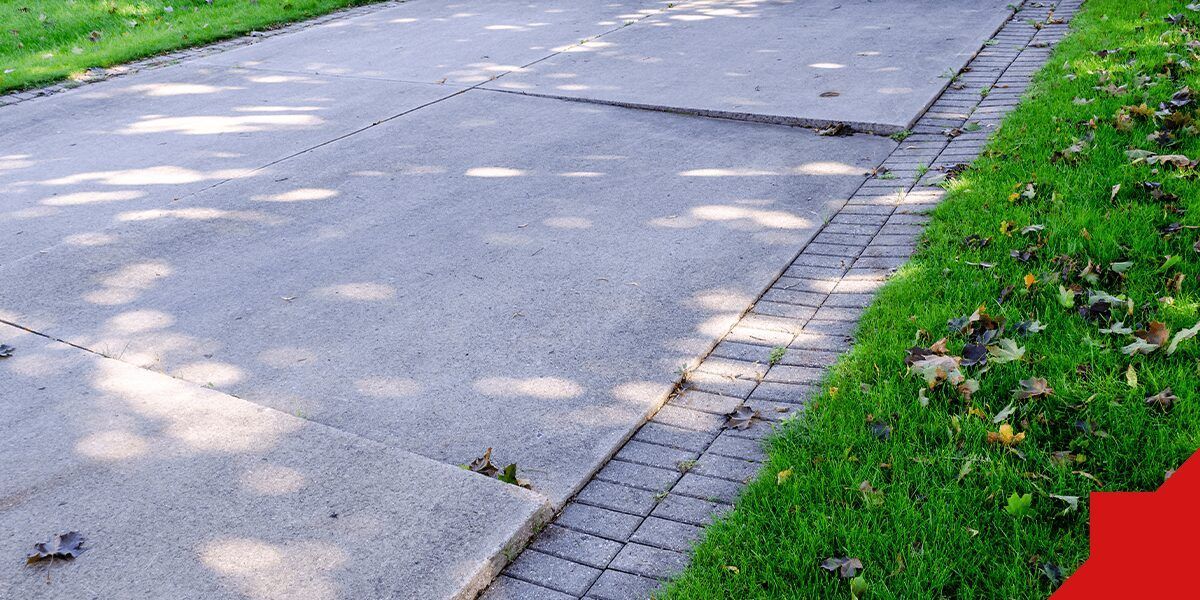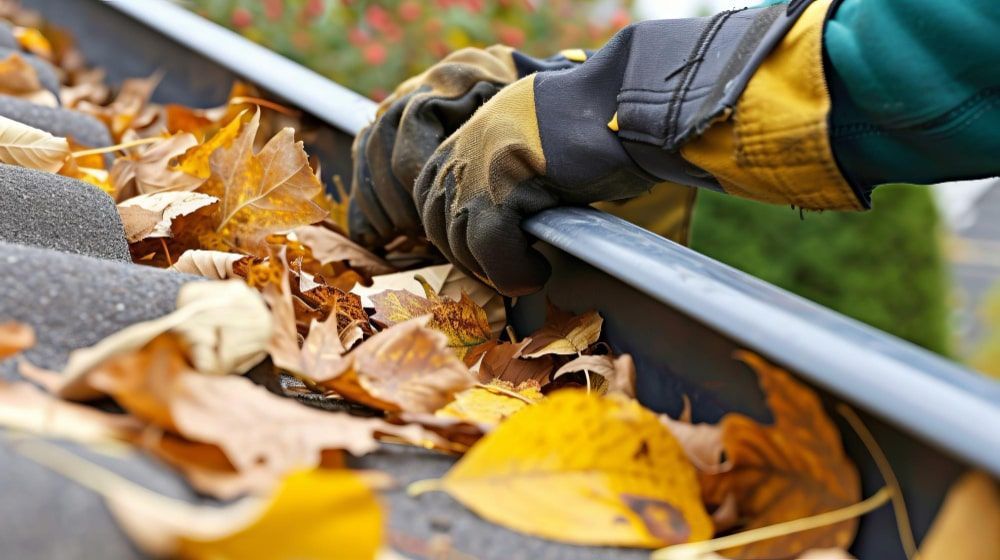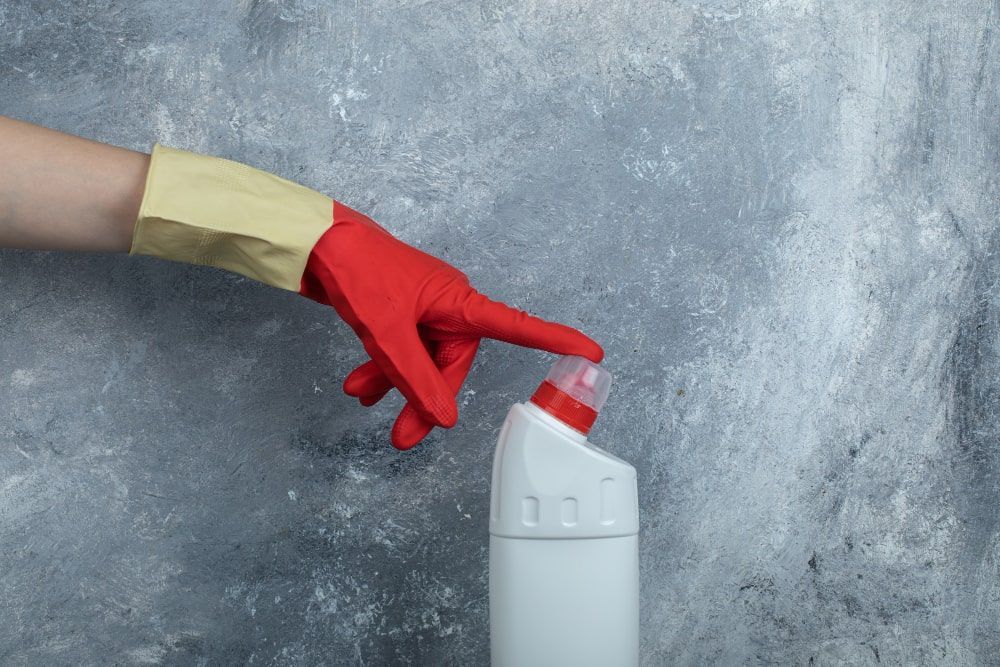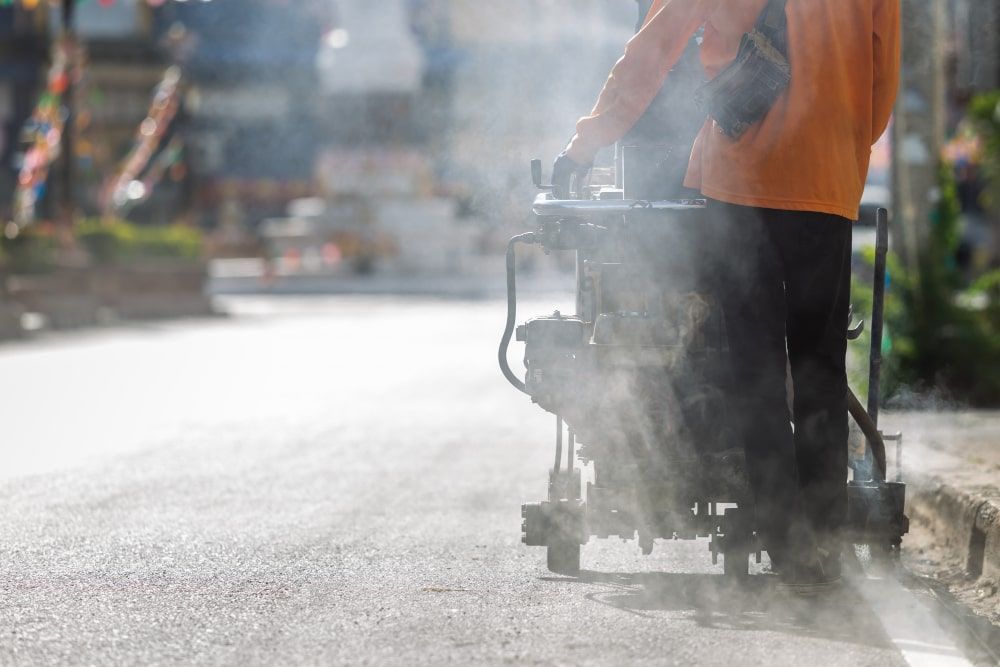Black Streaks on Your Roof? Understanding and Removing Them
Your home's roof, the protector from the elements, can sometimes develop unsightly black streaks that not only affect its appearance but can also hint at potential issues. In this comprehensive guide, we'll delve into the causes of those black streaks on your roof and provide effective methods for removing them. By the end of this post, you'll not only understand what's causing the streaks but also be equipped with the knowledge to restore your roof to its pristine condition.
Understanding the Culprit: What Causes Black Streaks?
Those unattractive black streaks are most often the result of algae, specifically Gloeocapsa magma. This hardy little organism thrives in warm, humid climates and feeds on the limestone found in asphalt shingles. As it spreads across your roof, it creates those dark streaks.
These algae are not just a cosmetic issue; they feed on the limestone granules in your shingles, which can lead to roof degradation over time. The black streaks are a sign that your roof is under attack by these microorganisms.
The Impact of Black Streaks
Apart from being an eyesore, black streaks on your roof can have more significant implications. They absorb heat from the sun, causing your roof to heat up more, which can lead to higher energy bills as your air conditioning works overtime to cool your home. Additionally, the presence of these streaks can reduce your home's curb appeal and potentially affect its resale value.
Effective Methods for Removing Black Streaks
1. Pressure Washing
Pressure washing is a popular method for removing black streaks. However, it should be done with caution, as excessive pressure can damage shingles or force water under them, leading to more significant problems. It's advisable to hire a professional who has experience with roof pressure washing.
Pressure washing involves using a high-pressure stream of water to dislodge and remove the algae and streaks. While effective, it requires a delicate touch to ensure your shingles remain undamaged.
2. Chemical Cleaners
Roof cleaners are specifically formulated to tackle black streaks and other contaminants on your roof. These cleaners often require some dwell time to break down the algae or mold. Afterward, the roof can be rinsed clean. When using chemical cleaners, always follow the manufacturer's instructions, and consider the environment by choosing eco-friendly options.
Chemical cleaners typically contain biodegradable, eco-friendly ingredients that can effectively kill the algae, allowing them to be rinsed away without harming your landscaping.

3. Soft Washing
Soft washing is a gentle and effective method for removing black streaks. It involves the use of low-pressure water combined with specialized cleaning solutions to kill the algae and clean the roof. Soft washing is less likely to cause damage to your shingles, making it a preferred choice for many homeowners.
Soft washing uses specialized equipment to apply a combination of water and cleaning solutions at low pressure. The low-pressure application ensures that your shingles aren't damaged, but the solutions effectively kill the algae. Over time, rain and natural weathering will rinse the dead algae off your roof.
4. DIY Solutions
If you prefer a DIY approach, there are homemade solutions like a mixture of water and bleach that can be applied to the streaks. While these solutions can be effective, they require caution, as improper use of bleach can harm the environment and your landscaping. Protective gear, careful application, and thorough rinsing are essential when using DIY solutions.
DIY solutions are cost-effective but require careful handling. Mix a solution of bleach and water, typically around 50% bleach and 50% water, and apply it to the streaks. After a short dwell time, rinse the roof thoroughly to remove the algae and bleach residue.
Safety First: Roof Cleaning Precautions
Safety should be a top priority when dealing with roof cleaning. Working on a roof can be hazardous, so if you're not comfortable with heights or roof work, it's best to hire a professional. If you do choose to clean your roof yourself, ensure you have the appropriate safety equipment, including non-slip shoes, a safety harness, and goggles.
Roof cleaning often involves working on an elevated surface, so it's essential to prioritize safety. Ensure that you have the appropriate safety gear, such as non-slip shoes, a safety harness, and goggles. Additionally, work on a dry day to minimize the risk of slipping on a wet roof surface.
Preventing Future Streaks
Once you've removed the black streaks, you'll want to take steps to prevent their return. Installing zinc or copper strips near the roof's peak can help to inhibit the growth of algae. These metals, through a natural electrochemical process, release ions that deter the algae from taking hold on your roof.
Zinc and copper strips are effective at preventing algae growth. These metals release ions, which are harmful to algae but safe for your roof and the environment. By installing strips of these metals near the ridge of your roof, you can prevent future algae infestations.
Regular roof maintenance, including cleaning your gutters, will also prevent debris buildup that can contribute to streak formation. Keep your gutters clean and ensure they're in good condition to allow water to flow freely. Clogged or damaged gutters can lead to water pooling on your roof, providing a breeding ground for algae.
Conclusion
Black streaks on your roof can be an eyesore, but they're also a sign of potential issues that need attention. Understanding the causes and effective removal methods is crucial to maintaining the health and appearance of your roof. Whether you choose to hire a professional or take the DIY route, a clean and streak-free roof will not only enhance your home's curb appeal but also contribute to a more energy-efficient and comfortable living space.
Proper roof maintenance is key to preserving the longevity and integrity of your home. By taking the time to understand and address black streaks on your roof, you're not only enhancing its aesthetics but also ensuring that it continues to protect your home for years to come.

